Alright, let’s talk about something nobody wants to think about: what happens to all your stuff when a flood, fire, or earthquake wrecks your home. I’ve been through this myself (thanks, basement flood), and let me tell you, scrambling last-minute to save your items while also dealing with insurance is a nightmare.
But here’s the good news: with a little prep, you can save yourself a ton of stress. I’ll walk you through exactly what to do, no corporate jargon, no fluff, just real advice from someone who’s been there.
First Things First: Why Bother Planning?
Look, I get it. Disasters feel like something that happens to other people—until they happen to you. Then suddenly, you’re standing in your living room, ankle-deep in water (or worse), trying to figure out how to save your grandma’s photo albums while also calling your insurance company.
Here’s the reality:
- Disasters don’t wait. You might have minutes to grab stuff and go.
- Assurance companies don’t just hand you money. You’ve got to prove what you lost.
- Storage isn’t just for junk. It can be a lifeline when your shelter isn’t safe.
So let’s get into it.
Step 1: Before Emergency Strikes—Get Your Act Together
1. Figure Out What Actually Matters
You can’t save everything, so prioritize:
- The irreplaceable stuff (family photos, heirlooms, your kid’s kindergarten art—you know, the things that’ll break your heart if they’re gone).
- Important documents (birth certificates, passports, assurance policies—keep these in a waterproof bag or fireproof safe).
- Expensive things (laptops, jewelry, that fancy camera you never use but paid way too much for).
2. Pack a “Oh Crap, I Gotta Go” Box
Grab a plastic bin (cardboard dissolves in water, trust me) and keep it somewhere easy to reach. Fill it with:
- Trash bags (for quick waterproofing).
- Bubble wrap or old towels (to wrap fragile stuff).
- A Sharpie and duct tape (for labeling).
- A flash drive with scanned copies of important docs.
3. Know Where You’ll Put Stuff If You Have to Evacuate
If your house floods or burns, where will your stuff go? A friend’s garage? A storage unit? Figure this out now, because when the fire’s a mile away, it’s too late to shop around.
(Quick aside: If you’re in your area, we’ve got special storage units that are perfect for this—clean, dry, and month-to-month, so you’re not stuck with a year-long contract. Just saying.)
Step 2: When Emergency’s Knocking Move Fast, But Smart
1. Grab Your Pre-Prepared Stuff First
If you’ve got that “Oh Crap” box ready, great! Toss in anything else you can’t live without and get it out.
2. Document Everything
Before you leave (or as soon as it’s safe):
- Take a video walkthrough of your place. Open drawers, show closets—get it all.
- Snap photos of valuables (serial numbers, brands, etc.).
- Write down what you’re taking and what you’re leaving.
This is your ammo. Without it, you’ll get lowballed on your claim.
3. Get Your Stuff to Safety
If you’re storing things off-site:
- Choose a place outside the danger zone (don’t store stuff in a flood-prone area if you’re fleeing a flood).
- Make sure it’s secure (24/7 access is key; emergency don’t care about business hours).
Step 3: Dealing With Insurance In Disaster (Without Losing Your Cool)
Assurance companies are not your buddies. They’re businesses, and their job is to pay out as little as possible. Here’s how to fight back:
1. Know What Your Policy Actually Covers
- Does it include floods/fires/earthquakes? (Many don’t—check now!).
- What’s the deductible? (You’ll pay this first before they chip in).
- Will they cover storage costs if your home’s unlivable? (Some do—ask!).
2. File Your Claim Like a Pro
Call them immediately. Delays = more denials.
Send your photos/videos with the claim. Be that person who over-documents.
List every single item with as much detail as possible (“toaster” gets you $10; “Stainless steel Breville toaster, bought 2022 for $120” gets you $120).
3. Keep Every Receipt
If you’re renting storage or buying replacements, save:
- Storage unit bills
- Moving costs
- Receipts for new stuff
Some policies reimburse this—but only if you’ve got proof.
How We Can Help? (Because Disasters Are Enough to Deal With)
Listen, we’re not saying you need a storage unit. But if you’re in a flood/fire/quake zone, having a backup plan for your stuff is just smart. Our units are:
- Dry and safe (no leaks, no pests).
- No long-term BS (rent month-to-month).
- Available 24/7 (because emergencies don’t wait for business hours).
If you’re in this area, it’s worth checking us out before you’re in panic mode.
Final Thought: Be Ready Before You Have to Be
Disasters suck. But losing your stuff or fighting with insurance sucks worse. A little prep now means one less thing to worry about when things go bad.
Stay safe, and if you ever need a dry place for your stuff, you know where to find us.
(Need storage before the next disaster hits? Check us out here.



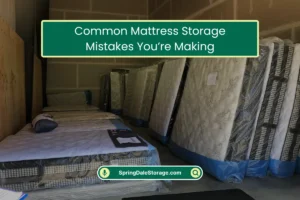
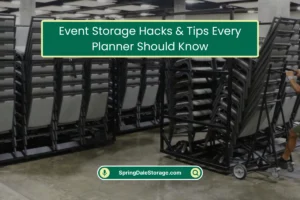
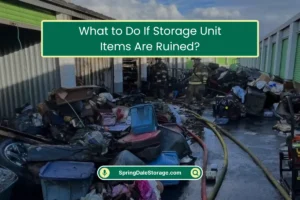
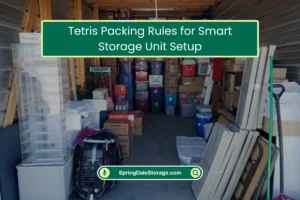
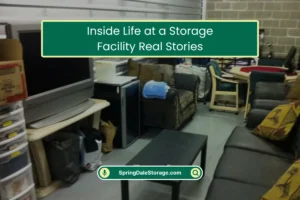


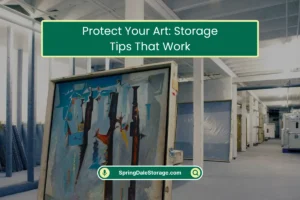

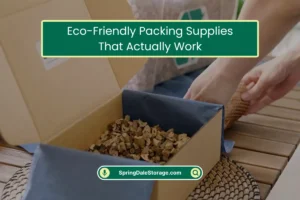
0 Comments